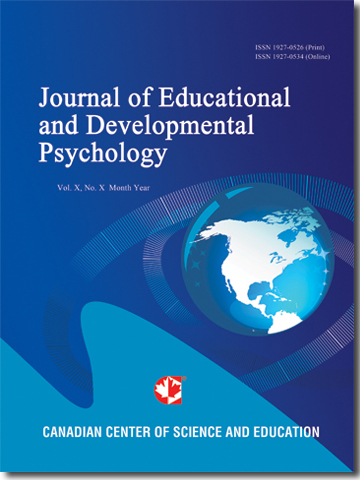Cognitive Processes Associated with the Perception of Randomness
- Jacob Schreiber
Abstract
In a study of novice teachers’ I investigate the conception of randomness among teachers college trainees thatstudy probability and statistics. I gave the students questionnaires which serve to explored their conception and
problem-solving approach with respect to probability problems, conception of randomness and deciding about
the randomness of sequences and arrays, solving a THOG type problem, which raise the use of matching biases
characteristics. I will show that the students use a set of rules to solve these different categories of problems.
There is a common heuristic for all or many of these problem solving categories: the problem solver relay on
heuristics anchored on the symmetry and asymmetry of sets of objects or more abstract elements to decide on
questions like what is the probability of getting a certain sample in a random drawing of beads, the randomness
of an array; certain sequences are measured by looking at the amount of apparent order in-order to make
decisions concerning randomness and deviation from symmetry of the sample also effect the decision. This
characteristic heuristic approach of problem solvers is founded on a set of simple rules relating to order,
deviation from symmetry, the distribution of patches in the plane and occurrence of ordered subsequences in
certain linear arrangement of sequences.
- Full Text:
 PDF
PDF
- DOI:10.5539/jedp.v4n1p84
Journal Metrics
(The data was calculated based on Google Scholar Citations)
1. Google-based Impact Factor (2021): 1.11
2. h-index (December 2021): 29
3. i10-index (December 2021): 87
4. h5-index (December 2021): N/A
5. h5-median (December 2021): N/A
Index
- Academic Journals Database
- CNKI Scholar
- Copyright Clearance Center
- CrossRef
- Elektronische Zeitschriftenbibliothek (EZB)
- EuroPub Database
- Excellence in Research for Australia (ERA)
- Harvard Library
- Jisc Library Hub Discover
- JournalSeek
- JournalTOCs
- LIVIVO (ZB MED)
- LOCKSS
- MIAR
- Open Access Journals Search Engine(OAJSE)
- PKP Open Archives Harvester
- Publons
- ROAD
- Scilit
- SHERPA/RoMEO
- Standard Periodical Directory
- Stanford Libraries
- Technische Informationsbibliothek (TIB)
- UCR Library
- UoB Library
- WorldCat
- Zeitschriften Daten Bank (ZDB)
Contact
- Carol WongEditorial Assistant
- jedp@ccsenet.org
